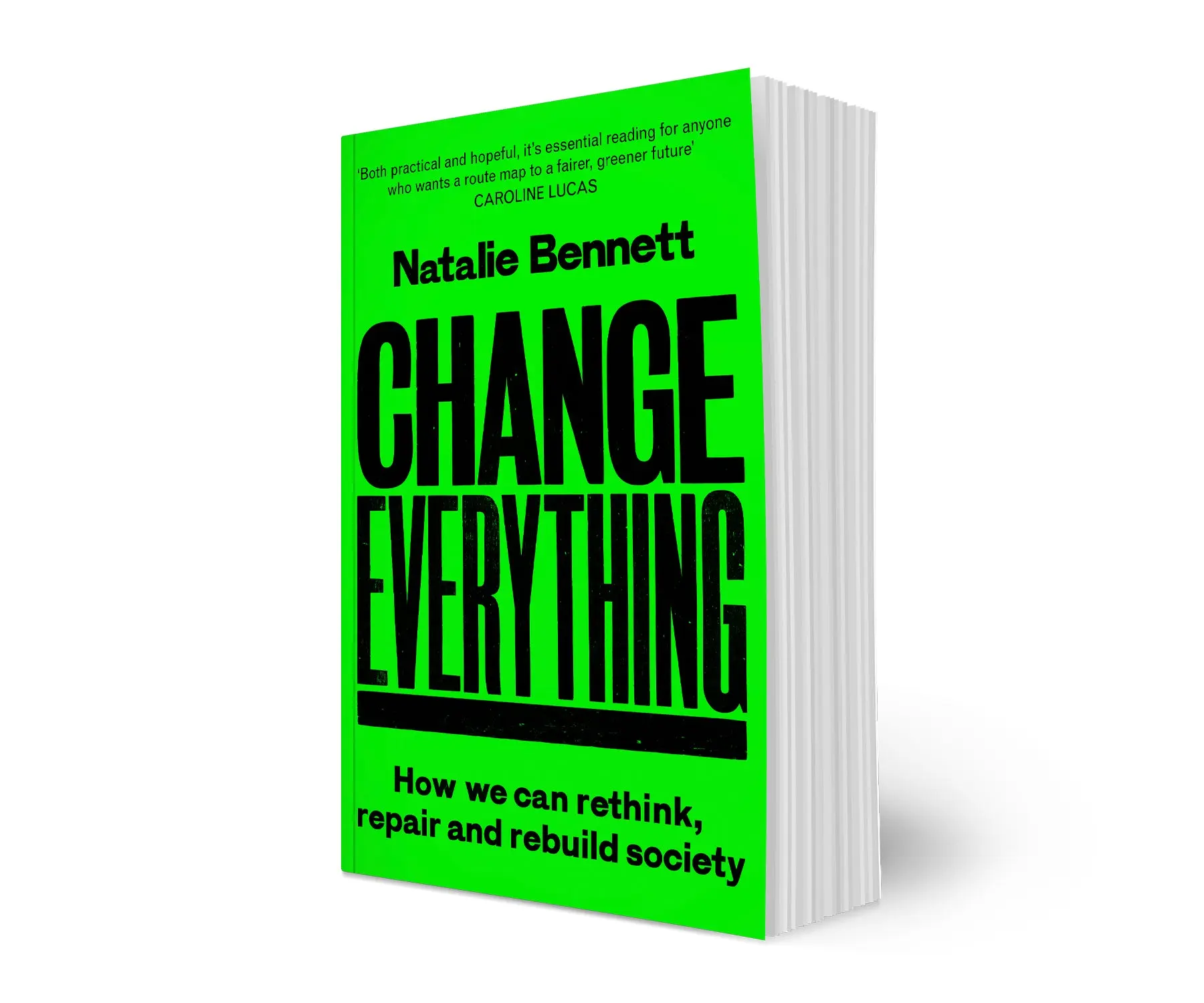A shorter version of this post first appeared on Blogcritics.
I might never have “practiced” as an agricultural scientist, but an Australian degree in the subject has left me acutely aware of the global shortage of fresh water and quality soils – and how fast these are being degraded.
Australia might be an esspecially bad case – its ancient soils particularly ill-suited to imported European farming methods and its mostly desert interior having a desperate dryness most Europeans struggle to imagine – but erosion and degradation of soils is a huge global problem, as is shortage of water, and we have no alternative ways of producing food….
When I was studying some 20 years ago, climate change was hardly mentioned, but since then its threat to all of our futures has become glaringly obvious.
So which is going to get us first: water, soil or climate change? That sounds flippant, but it is an important question – we need to tackle all of these problems, urgently, and with every input we can muster, but there are some choices that have to be made, and some priorities selected.
Reading Lester Brown’s World on the Edge: How to Prevent Environmental and Economic Collapse, it’s clear that his calculations have produced one answer: water, not that there is any cause for comfort on the other two issues.
On soils, the tale of woe is long. In Lesotho, in the past 10 years its grain harvest has dropped by half in large part due to the soil fertility problems; Haiti, self-sufficient in grain 40 years ago, is now importing more than half; in Mongolia over the past 20 years nearly 3/4 of the wheat land has been abandoned and yields have fallen, cutting the harvest by 4/5.
But it is not just the developing world problem. Roughly one third of global crop land is losing soil at an excessive rate, and each inch means a lost 6% in grain production. We all know about America’s Dust Bowl, but since then it was the Soviet’s turn in the late 1950s. At its heart was Kazakhstan, which at its peak had more than 25 million hectares of land under grain; that has fallen to 7 million, but the average wheat yield is scarcely one tonne a hectare, compared to seven in France.
The new problems? China, which has roughly the same number of cattle as the US, but about 281 million sheep and goats, compared to America’s 9 million, and a huge problem with dust storms; India, with 24% of its land area turning into desert; and the expanding Sahara in Africa. It is estimated that land degradation across Africa costs it 8,000,000 tonnes of grain a year, about 8% of its annual harvest. This loss is expected to double by 2020.
read more

 About
About